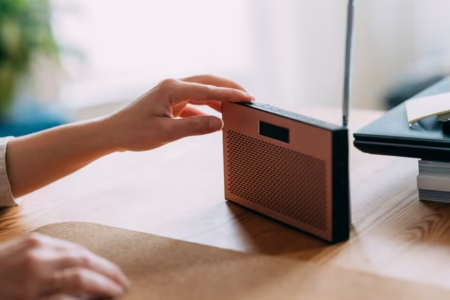A Legionnaires Harlem outbreak has led to a third death, with 67 people now diagnosed in the area, city health officials said Tuesday. This cluster was first detected on July 25 and has since grown.
The New York City Health Department reported that the number of cases rose from 58 to 67 in one day. The death toll increased from two to three. The infections are located in five Harlem ZIP codes: 10027, 10030, 10035, 10037, and 10039, including nearby neighborhoods.
Legionnaires’ disease is a form of pneumonia caused by the Legionella bacteria. This bacteria grows in warm water. It spreads when people breathe in water vapor carrying the bacteria.
Dr. Tony Eyssallenne, deputy chief medical officer for the city’s Health Department, advised residents in these ZIP codes to watch for symptoms. “If you live in these areas, please check your health and visit a doctor quickly to get antibiotics. The disease can be treated,” he said.
All cooling towers in the affected areas have been tested. Building owners with positive results must start cleaning within one day. This action aims to stop further spread of the bacteria.
Anyone who has been in the affected areas since late July and feels fever, cough, difficulty breathing, or flu-like symptoms should seek medical help immediately.
Legionnaires’ disease does not spread from person to person. It spreads only by inhaling contaminated water vapor. Places where the bacteria can grow include cooling towers, hot tubs, whirlpool spas, humidifiers, hot water tanks, and air conditioning systems.
The Health Department is still investigating the source of the outbreak.
People at higher risk include those aged 50 and older, smokers, and those with lung disease or weak immune systems. People in the affected ZIP codes with symptoms should see a healthcare provider or urgent care without delay.
In 2022, a Legionnaires’ outbreak in a Manhattan nursing home caused five deaths, the city’s worst in recent years. The largest outbreak happened years earlier when a Bronx cooling tower caused 16 deaths. Each year, New York City reports between 200 and 700 Legionnaires’ cases.
The Harlem outbreak shows the need for fast action and public awareness. Monitoring symptoms, seeking early treatment, and cleaning building water systems are vital to controlling the disease.







